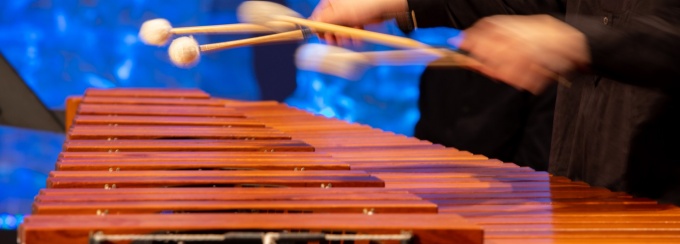MA in Humanities

MA in Humanities students design individual programs, combining course work in arts and humanities fields such as American Studies, Art, Classics, Comparative Literature, English, Global Gender Studies, History, Media Study, Music, Philosophy, Romance Languages and Literature, and Theatre and Dance, or choose to integrate one of the above disciplines with a Social or Natural Science.
We also have a formal concentrations within the Humanities IDP degree in Disability Studies. Students interested in this concentration should visit the department website for specific program requirements.
The specific program of study for each student is determined in consultation with the Director and faculty advisor. Students are required to complete 36 credit hours of graduate level work consisting of:
- 12 credit hours in an arts or humanities discipline.
- 12 additional credit hours in an arts, humanities, social or natural science.
- 6 credit hours of related elective course work.
- 6 credit hours of project supervision or thesis guidance.
Generally, a maximum of six credit hours of course work offered through a Professional School may be applied to this program.
The final project offers students an opportunity to demonstrate how their primary discipline was enriched by multiple perspectives. The structure of a project can be more flexible than a traditional thesis paper, and may include an essay, research problem, exhibition, or recital. It should demonstrating your ability to apply theoretical knowledge in a practical setting.
Examples of master's project topics include:
- A comparative analysis of themes such as identity, power, and resistance in the works of two or more authors from different cultural backgrounds.
- Create a digital archive of a specific literary period or author. This project might include digitizing texts, creating metadata, and developing an online platform for accessing and analyzing the archive.
- Collect and analyze oral histories from a specific community or group that explores how these personal stories contribute to our understanding of current or historical events.
- Explore the ethical implications of artificial intelligence and machine learning.
- Develop a curatorial project for an art exhibition and design the exhibition layout.
- Document and analyze an endangered language, and develop strategies for language preservation and revitalization.
- Analyze the representation of gender and race in contemporary media. This project could involve content analysis of films, television shows, or advertisements, and exploring how these representations shape societal attitudes and beliefs.
- Create and produce a short film, play or news piece.
- Create a digital reconstruction of a historical site using 3D modeling and virtual reality (VR). This project could involve historical research, digital modeling, and developing a VR experience to educate and engage the public.
- Create an interactive art installation that uses augmented reality (AR) to enhance viewer engagement. This project could involve designing the artwork, developing the AR application, and studying the impact on audience experience.
For more information on how to create a Master’s degree that addresses your unique needs, please contact the graduate coordinator for IDP.
Graduate Interdisciplinary Degree Program
University at Buffalo
810 Clemens Hall
Buffalo, NY 14260
Phone: (716) 645-2711
Fax: (716) 645-6991
Program Coordinator
Jennifer Mdurvwa
716-645-1340
jmdurvwa@buffalo.edu